Black-capped Gnatcatcher Status in SE Arizona
Formerly a great rarity, Black-capped Gnatcatcher started to become more regular in the 90s, and had established itself as a scarce breeding resident by the 2010s, with 15+ regular locations. However, the drought of 2020 eliminated the entire population, so it’s back to being an extreme rarity again. A few birds had returned by 2023.
Best Time of Year to Find Black-capped Gnatcatcher
Year round.
Black-capped Gnatcatcher Status in USA
Exclusively in SE Arizona.
Black-capped Gnatcatcher Habitat
Foothills thorn scrub, especially with hackberry and acacia trees.
Black-capped Gnatcatcher Range
With the exception of a few records in Cochise County, almost the entire USA population is within Santa Cruz and Pima Counties. The main concentrations are in the Pajarito Wilderness, along Sonoita Creek, and the foothills of the Atascosa, Tumacacori, and Santa Rita Mountains.
Black-capped Gnatcatcher Range map from eBird
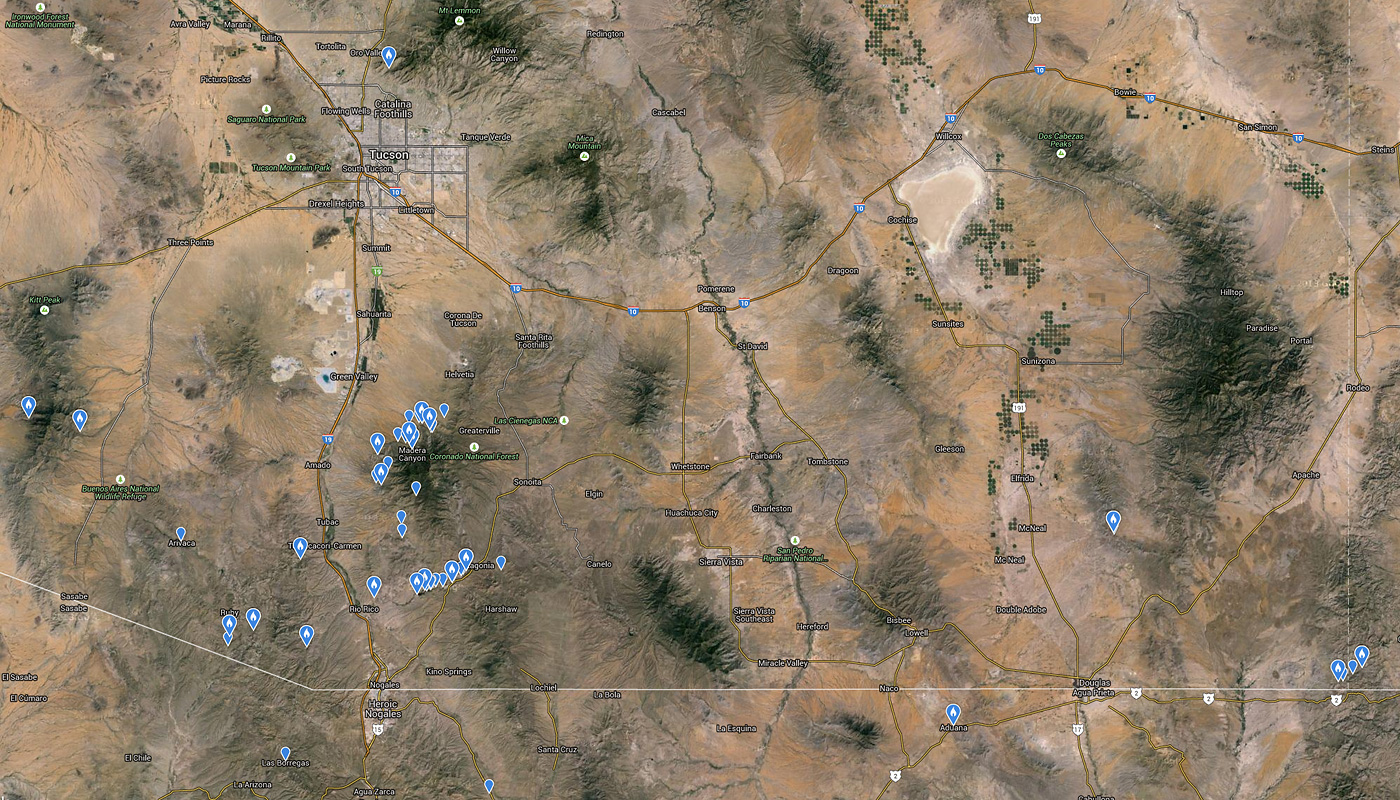
Specific Sites for Black-capped Gnatcatcher
Rare and irregular resident of lush foothill canyons such as Box, Montosa, Florida, and Madera Canyons in the Santa Rita Mountains, California Gulch and Sycamore Canyon in the Pajarito Wilderness, Rock Corral Canyon in the Tumacacori Mountains, and Patagonia Lake.
Tips for Finding Black-capped Gnatcatcher
Coming soon…
Black-capped Gnatcatcher Vocalizations
Coming soon…
Black-capped Gnatcatcher Photos

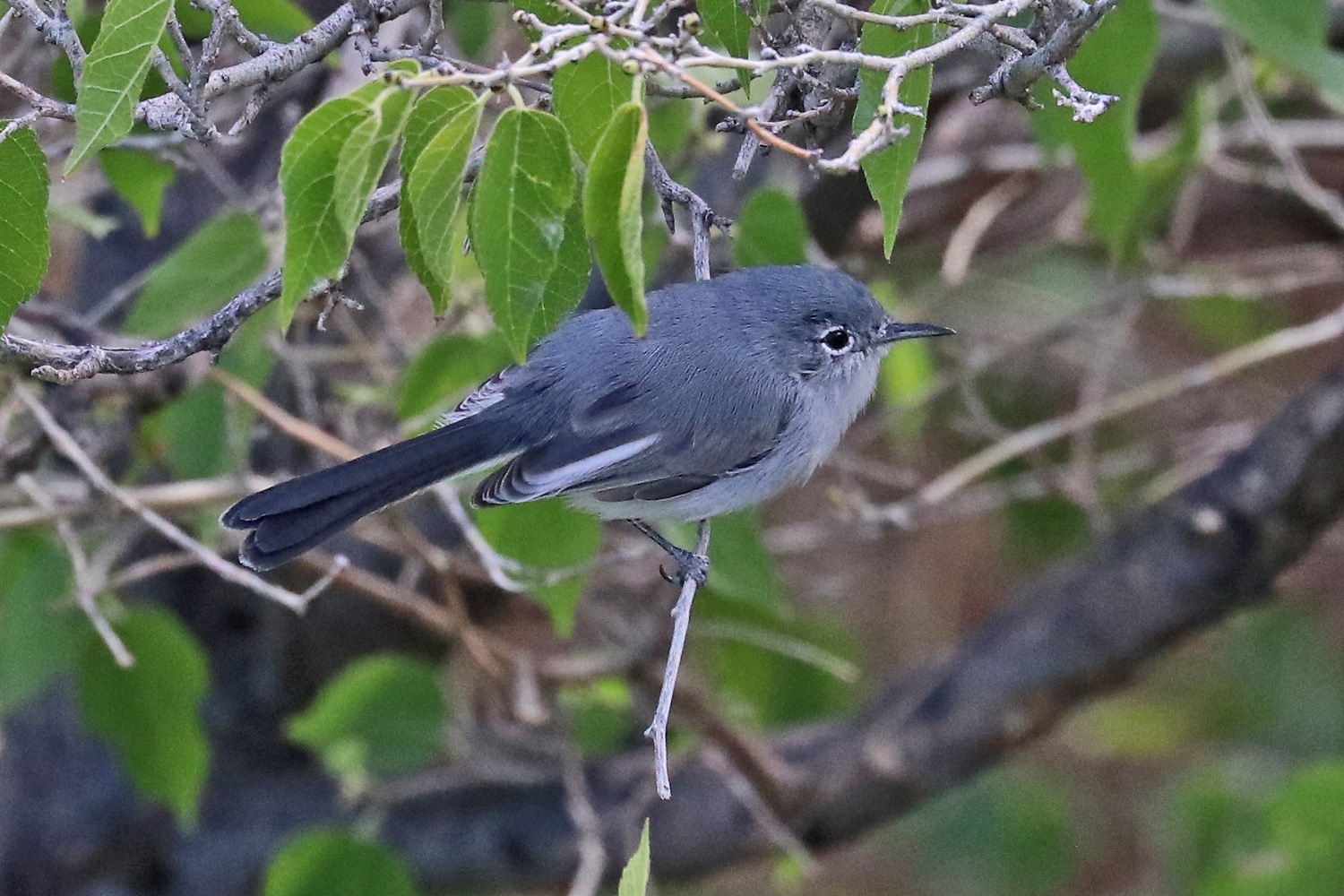
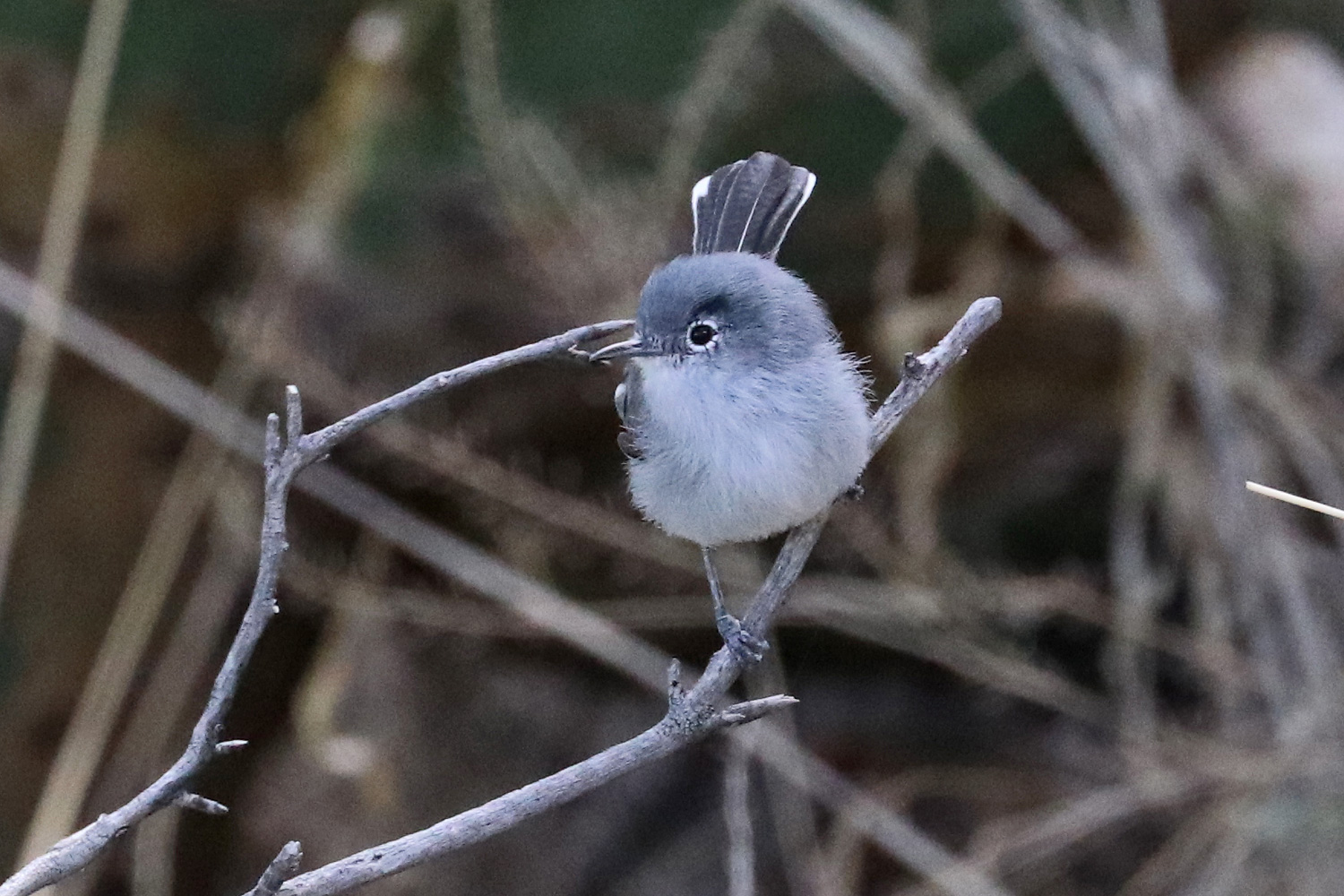
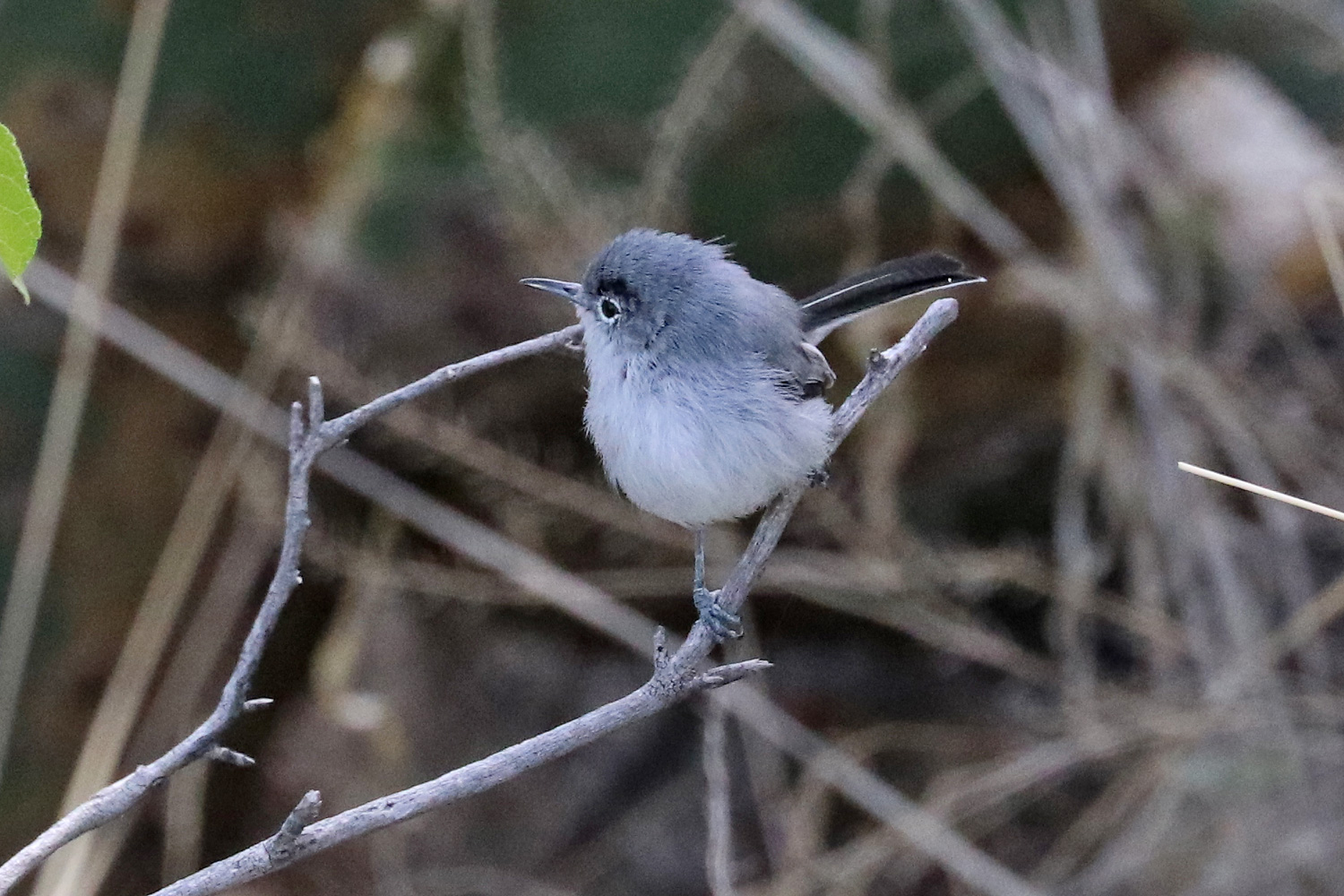

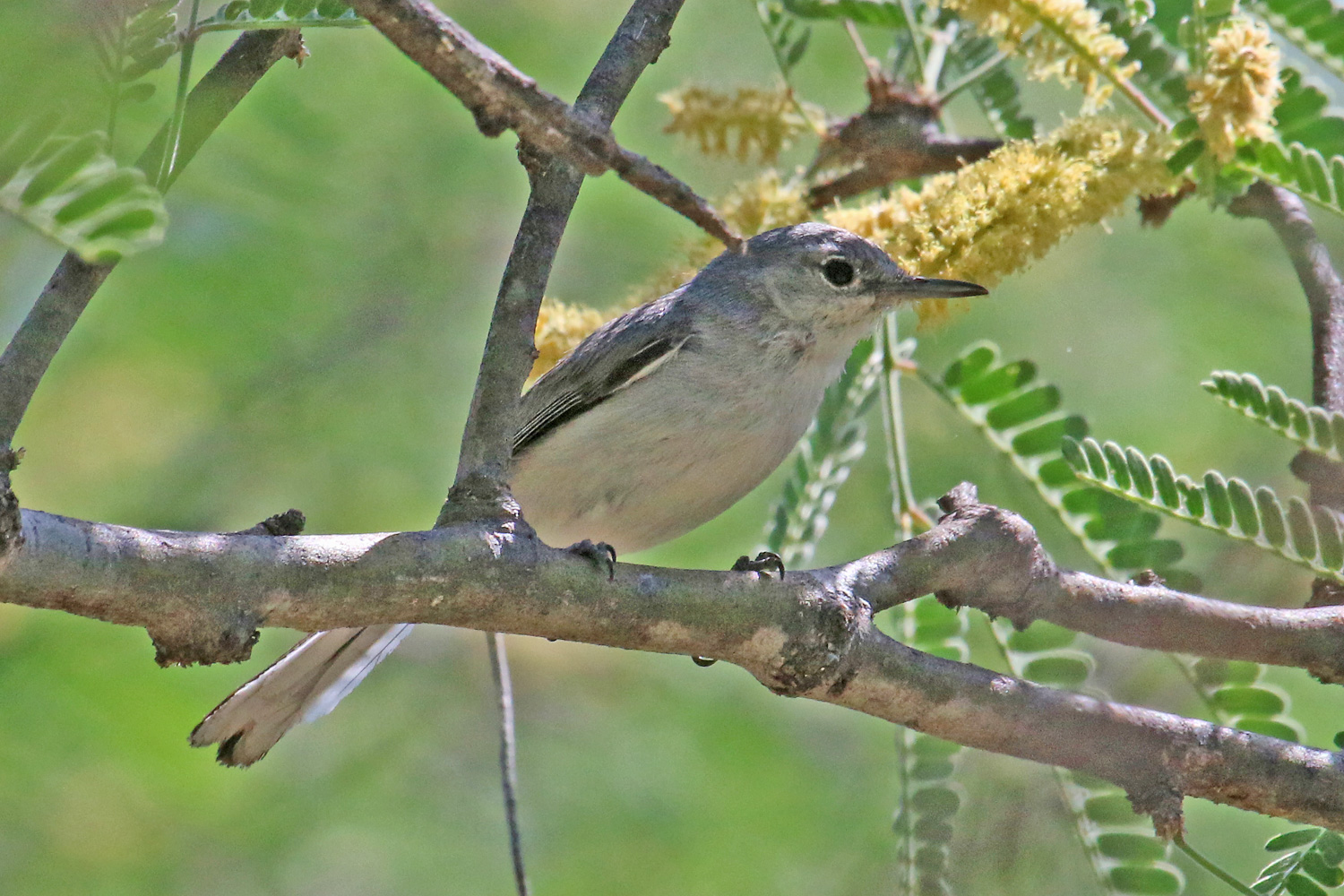
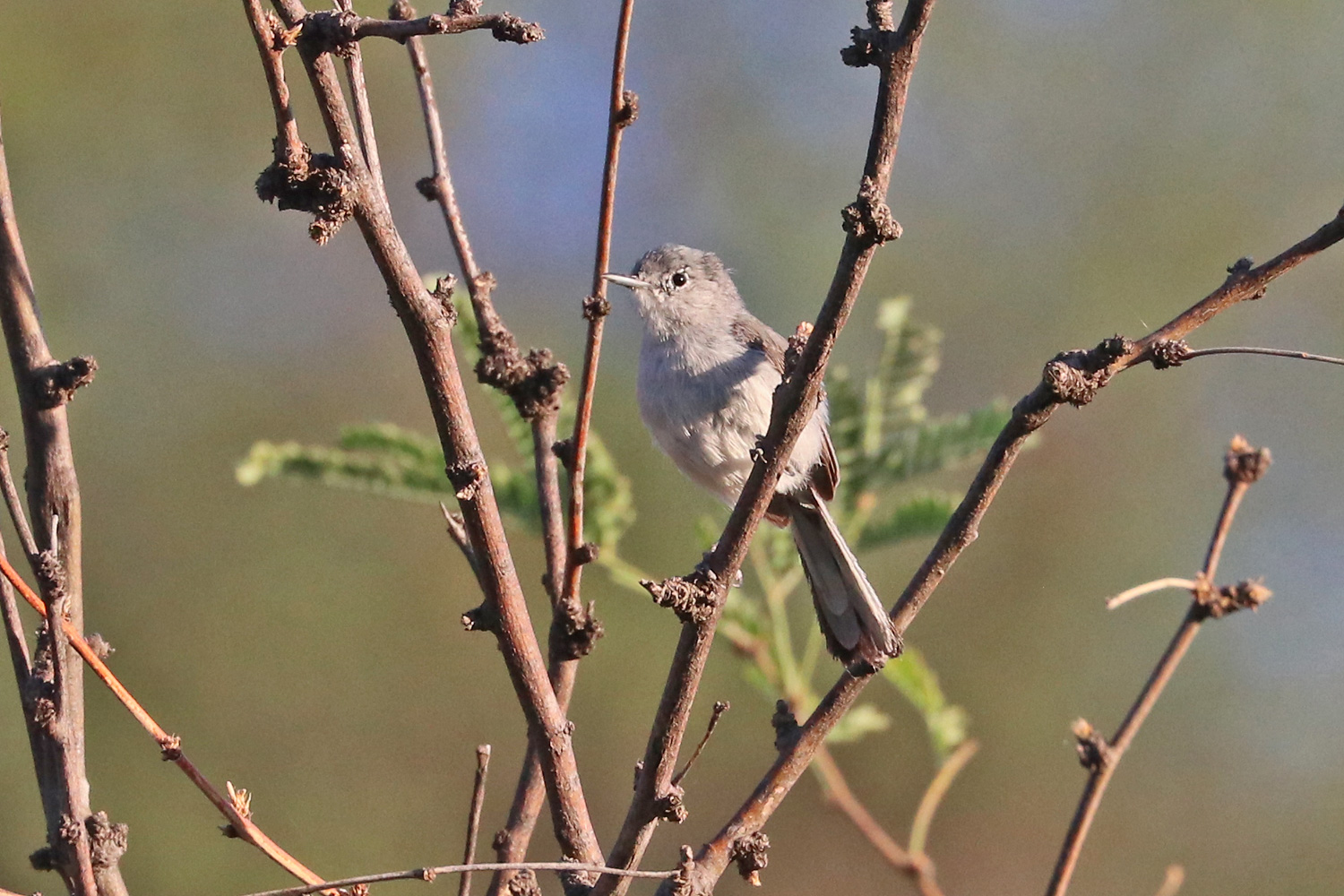
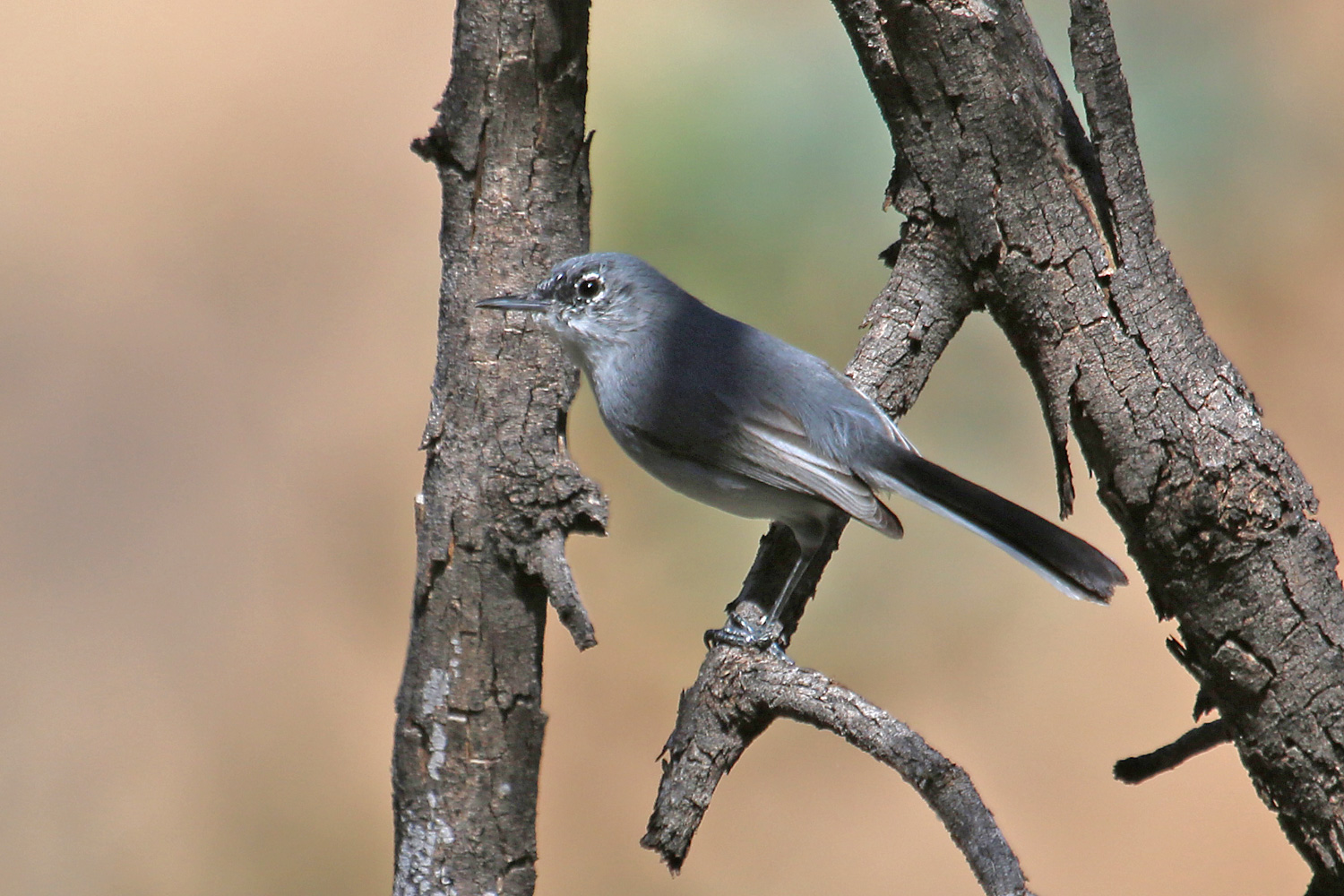
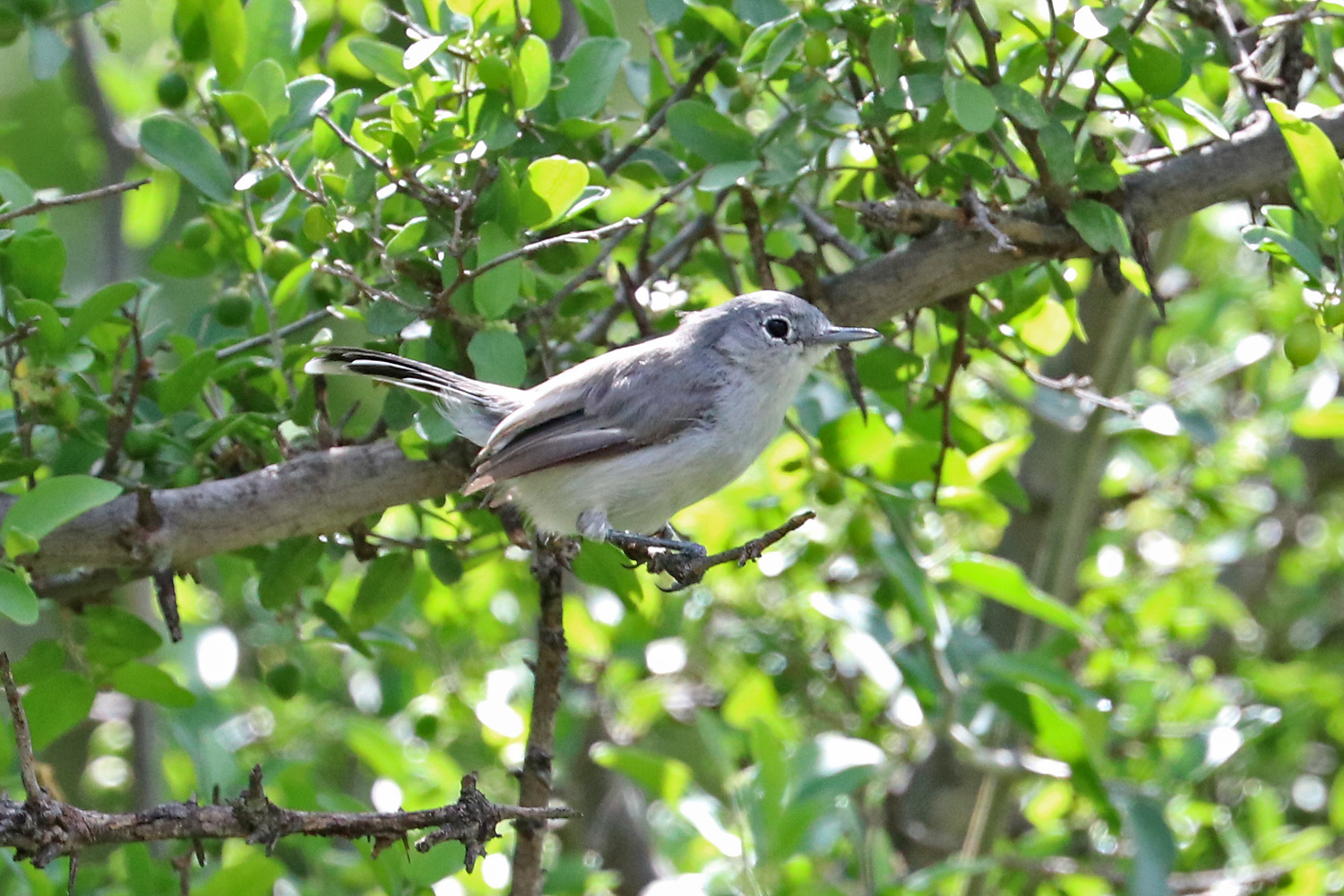
Page updated: July 2023. All photos copyright © Richard P Fray, unless stated



